Sapevate che i veicoli elettrici, nel corso della loro vita, emettono oltre 60% in meno rispetto alle auto a gas? Questo fatto evidenzia la necessità di valutazioni accurate dell'impatto ambientale. Quando si parla di analisi della sostenibilità, c'è un grande dibattito tra la valutazione del ciclo di vita (LCA) e l'impronta di carbonio del prodotto (PCF). Ogni metodo ha i suoi pro e i suoi contro che le aziende devono considerare.
La LCA esamina il percorso di un prodotto dall'inizio alla fine. È spesso richiesto da varie normative e standard a livello mondiale. Questo metodo esamina diversi impatti, come i danni all'ozono, l'uso dell'acqua e l'inquinamento dei corpi idrici. Assicura che l'impatto ambientale di un prodotto sia pienamente compreso.
D'altro canto, il PCF misura i gas serra durante l'intero ciclo di vita di un prodotto, trasformandoli in equivalenti di CO2. Questo obiettivo specifico significa che può essere realizzato più rapidamente, con meno sforzi e conoscenze. Ciò lo rende un punto di riferimento per le aziende che si concentrano sulla riduzione delle emissioni di carbonio.
La scelta tra LCA e PCF dipende dalle risorse di cui disponete, dalle norme del vostro settore e dai vostri obiettivi di sostenibilità.
Entrambi i metodi sono fondamentali per aiutare le aziende a condividere l'ecocompatibilità dei loro prodotti. Conoscere le differenze e gli usi di LCA e PCF aiuta le aziende a fare scelte che corrispondono ai loro obiettivi ecologici.
Punti Chiave
- La valutazione del ciclo di vita (LCA) copre l'intero ciclo di vita di un prodotto, dalla culla alla tomba, offrendo una valutazione completa degli impatti ambientali.
- Il Product Carbon Footprint (PCF) si concentra esclusivamente sulle emissioni di gas a effetto serra, convertendole in equivalenti di CO2 per un confronto.
- La LCA è spesso incoraggiata o richiesta da varie normative, standard e quadri di riferimento, che affrontano questioni ambientali più ampie oltre alle emissioni di carbonio.
- Il PCF può essere completato più rapidamente e con meno risorse, il che lo rende ideale per le aziende che si concentrano sulla riduzione delle emissioni di carbonio.
Comprendere la valutazione del ciclo di vita (LCA)
Che cos'è la valutazione del ciclo di vita?
A valutazione del ciclo di vita esamina da vicino l'impatto dei prodotti sulla natura. Esamina le emissioni, la quantità di risorse utilizzate e i rifiuti prodotti. Seguendo standard globali, come ISO 14040 e ISO 14044, fornisce risultati affidabili. Le LCA rendono le aziende consapevoli del loro impatto, guidandole a ridurre i danni.
La metodologia dell'LCA
IL Metodologia LCA Il progetto si articola in quattro fasi: definizione degli obiettivi, raccolta dei dati, valutazione degli impatti e definizione di piani di miglioramento. In primo luogo, si definiscono l'obiettivo e l'ambito dello studio. Poi raccoglie dati per capire cosa entra ed esce dal ciclo di vita di un prodotto. La fase successiva esamina gli effetti ambientali, come il riscaldamento globale.
Infine, i risultati suggeriscono come ridurre gli impatti negativi. Gli strumenti facilitano la LCA stimando impatti sul carbonio con un unico dato sul potenziale di riscaldamento globale.
LCA vs PCF
LCA (Life Cycle Assessment) e PCF (Product Carbon Footprint) hanno scopi e standard diversi. Svolgono ruoli unici nella rendicontazione ambientale. La differenza principale sta nel campo di applicazione e nelle regole da seguire.
Confronto dell'ambito di applicazione
L'LCA esamina molti impatti ambientali e sulla salute durante l'intero ciclo di vita di un prodotto. Prende in considerazione fattori come il cambiamento climatico, l'uso dell'acqua e altro ancora. L'LCA mira a raggiungere molteplici obiettivi aziendali e di sostenibilità.
Il PCF misura l'impatto sul clima contando i gas serra durante il ciclo di vita di un prodotto. Si concentra solo sul potenziale di riscaldamento globale. Il PCF è uno strumento più rapido per le aziende per raggiungere gli obiettivi climatici più urgenti.
Entrambi utilizzano fasi del ciclo di vita simili per la valutazione, ma differiscono nei dettagli e nell'attenzione. Il PCF può essere visto come una parte dell'LCA incentrata sui gas serra.
Applicazione e requisiti normativi
LCA e PCF seguono standard normativi diversi, come ISO 14040/44 e ISO 14067. La LCA è spesso richiesta da standard globali più severi. Aiuta a prendere decisioni strategiche su varie questioni ambientali.
Il PCF viene utilizzato per raggiungere gli obiettivi di carbonio nell'ambito di regole più semplici. Viene spesso riassunto in schede o rapporti. Entrambi i metodi si basano su dati di alta qualità per garantire l'accuratezza.
| Aspetto | LCA | PCF |
|---|---|---|
| Ambito di applicazione | Ampio (impatti ambientali multipli) | Stretto (emissioni di gas serra) |
| Aree di interesse | Cambiamento climatico, riduzione dell'ozono, utilizzo dell'acqua, acidificazione, ecc. | Impatto sul clima (emissioni di gas serra) |
| Metodologia | Analisi completa delle fasi del ciclo di vita | Analisi specifica sulle emissioni di gas serra |
| Standard normativi | ISO 14040/44, ISO 14067, PAS 2050 | ISO 14067, Standard sul ciclo di vita del prodotto per i gas serra |
| Applicazione | Decisioni strategiche su molteplici questioni ambientali | Obiettivi e reportistica relativi alle emissioni di carbonio |
Applicazione del PCF alle metriche di sostenibilità
La sostenibilità aziendale è in rapida evoluzione. Il calcolo dell'impronta di carbonio del prodotto (PCF) è uno strumento notevole in questo settore. Misura le emissioni di gas a effetto serra (GHG) di un prodotto durante il suo intero ciclo di vita. È diverso da metodi più ampi come la valutazione del ciclo di vita (LCA), che esamina vari impatti ambientali.
Il metodo PCF fornisce una rapida visione dell'impronta di carbonio di un prodotto. A differenza dell'LCA, il PCF si concentra solo sulle emissioni di carbonio.
I calcoli del PCF seguono standard rigorosi come ISO 14067, GHG Protocol e PAS 2050. Questi standard forniscono un metodo affidabile per analizzare l'impronta di carbonio di un prodotto. Coprono tutti gli aspetti, dalla definizione degli obiettivi alla rendicontazione dei risultati. Il processo completo comprende tutte le fasi, dalla raccolta dei materiali alla fine del ciclo di vita del prodotto.
Link esterni sull'impronta di carbonio dei prodotti
Standard internazionali
- ISO 14067:2018 Impronta di carbonio dei prodotti - Requisiti e linee guida per la quantificazione e la comunicazione
- PAS 2050:2011 Specifiche per la valutazione delle emissioni di gas serra nel ciclo di vita di beni e servizi
- ISO 14040:2006 Gestione ambientale - Valutazione del ciclo di vita - Principi e quadro di riferimento
(passa il mouse sul link per vedere la nostra descrizione del contenuto)
Glossario dei termini utilizzati
International Organization for Standardization (ISO): Un organismo internazionale non governativo che sviluppa e pubblica standard per garantire qualità, sicurezza, efficienza e interoperabilità in vari settori industriali e commerciali, facilitando il commercio e la cooperazione globali. Fondato nel 1947, comprende organizzazioni nazionali di normazione dei paesi membri.
Life Cycle Assessment (LCA): un'analisi sistematica degli impatti ambientali associati a tutte le fasi del ciclo di vita di un prodotto, dall'estrazione delle materie prime alla produzione, all'uso e allo smaltimento, volta a identificare opportunità di miglioramento e a informare il processo decisionale.
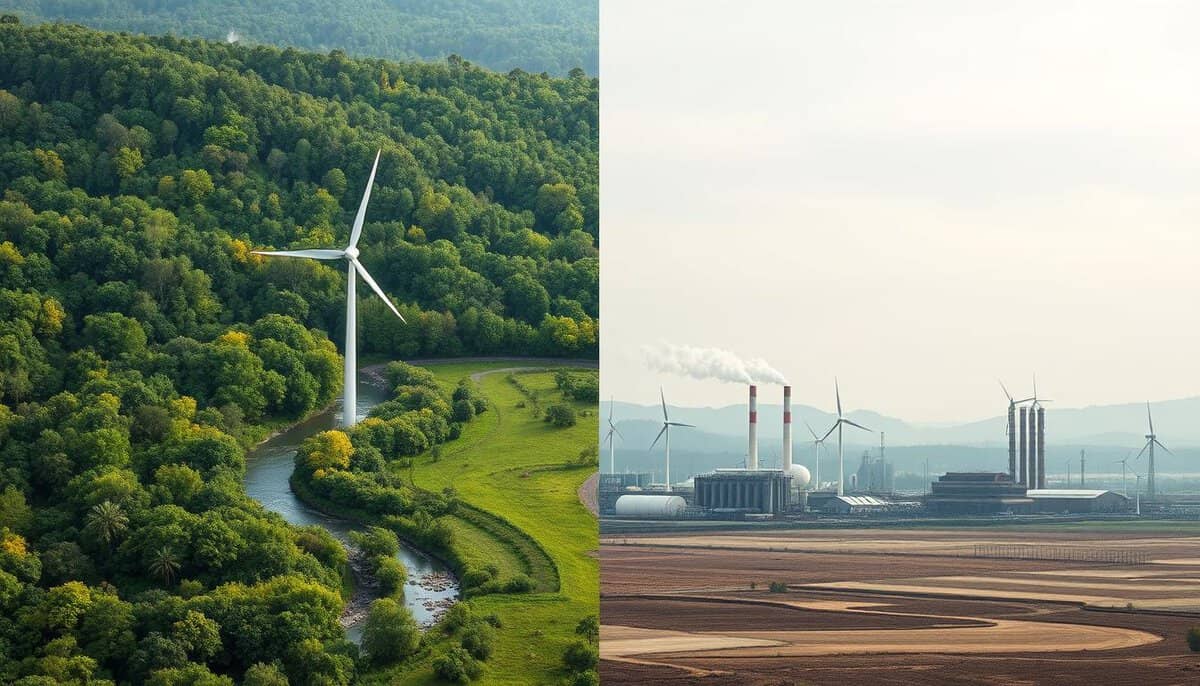


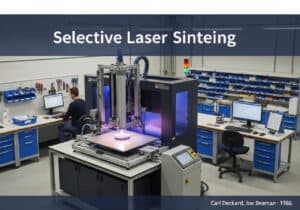
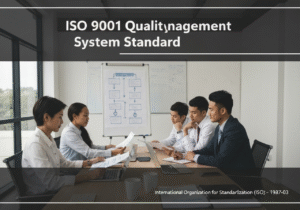
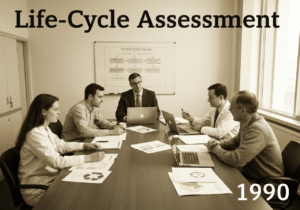


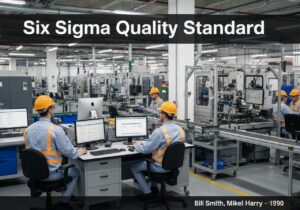



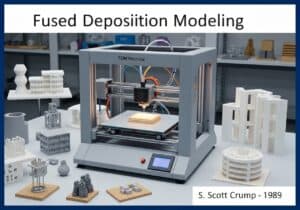
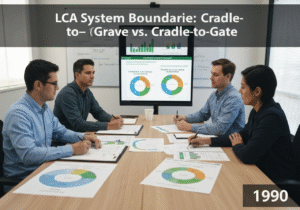
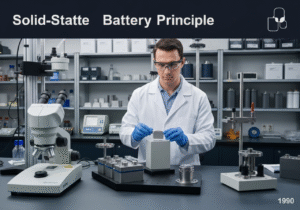
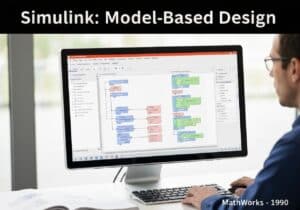









3 commenti su “LCA vs PCF: A Comprehensive Comparison”
Lettura interessante, ma i costi per la conduzione di LCA e PCF non sono spesso proibitivi per le piccole imprese? Opinioni?
I costi possono essere iniziali, ma le pratiche sostenibili spesso portano a risparmi a lungo termine. Un investimento, non una spesa!
Una lettura interessante, ma non crede che la visione olistica dell'LCA sia più pratica di quella del PCF, che si concentra solo sull'impronta di carbonio?
I commenti sono chiusi.